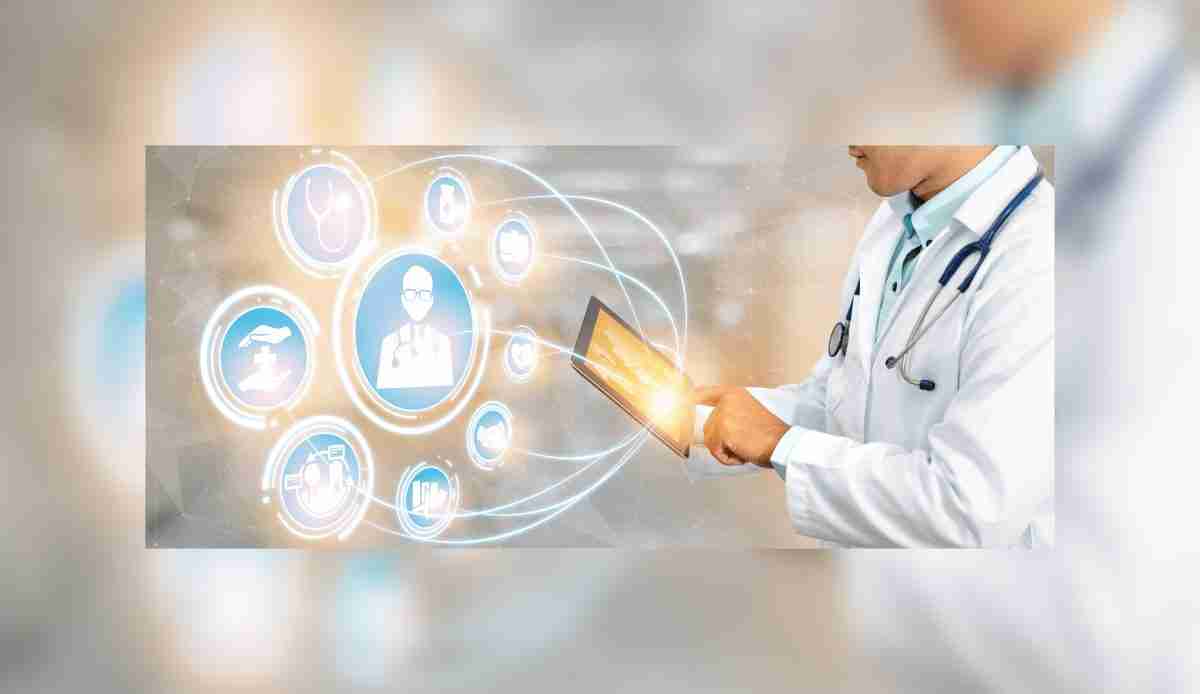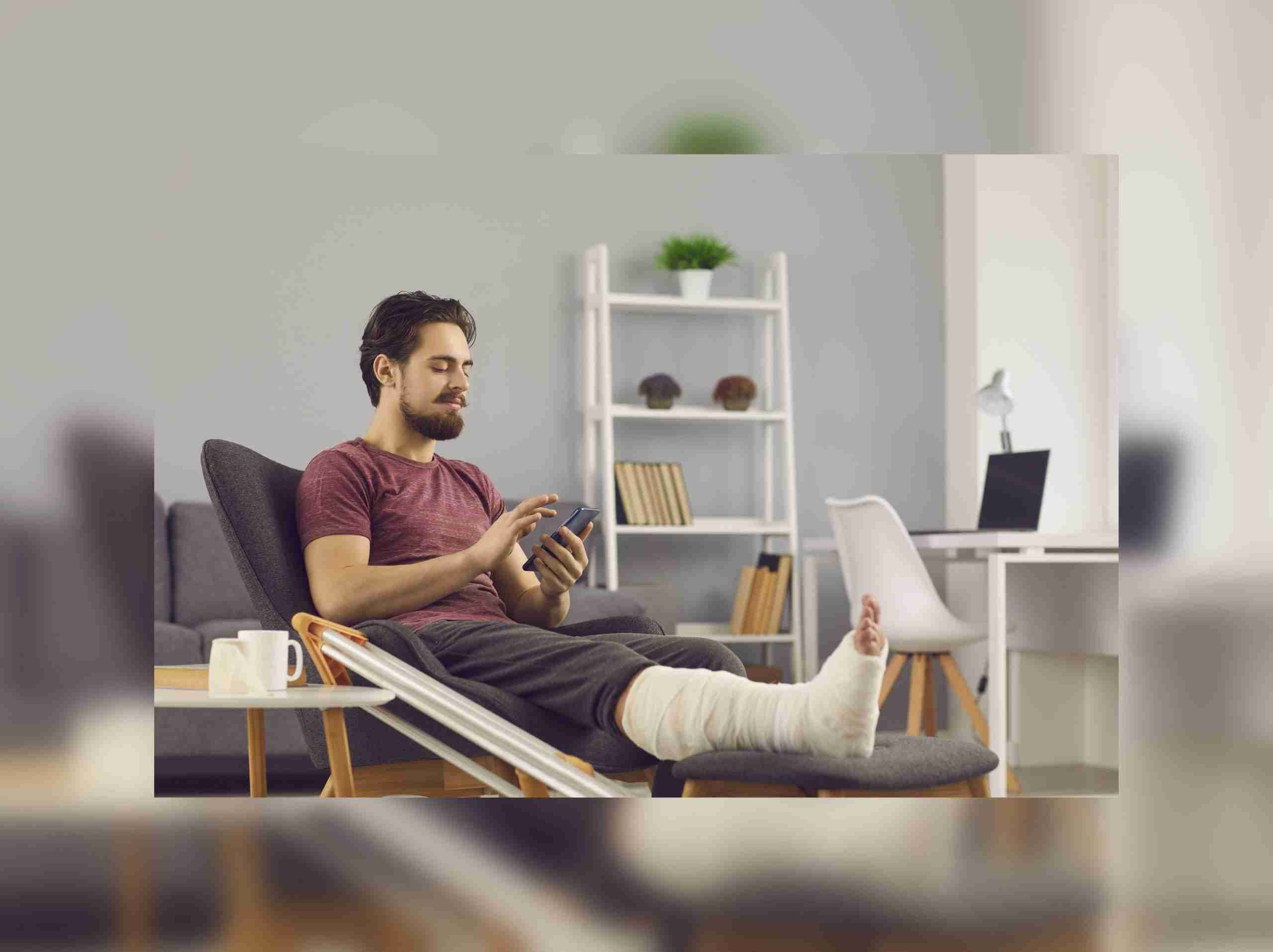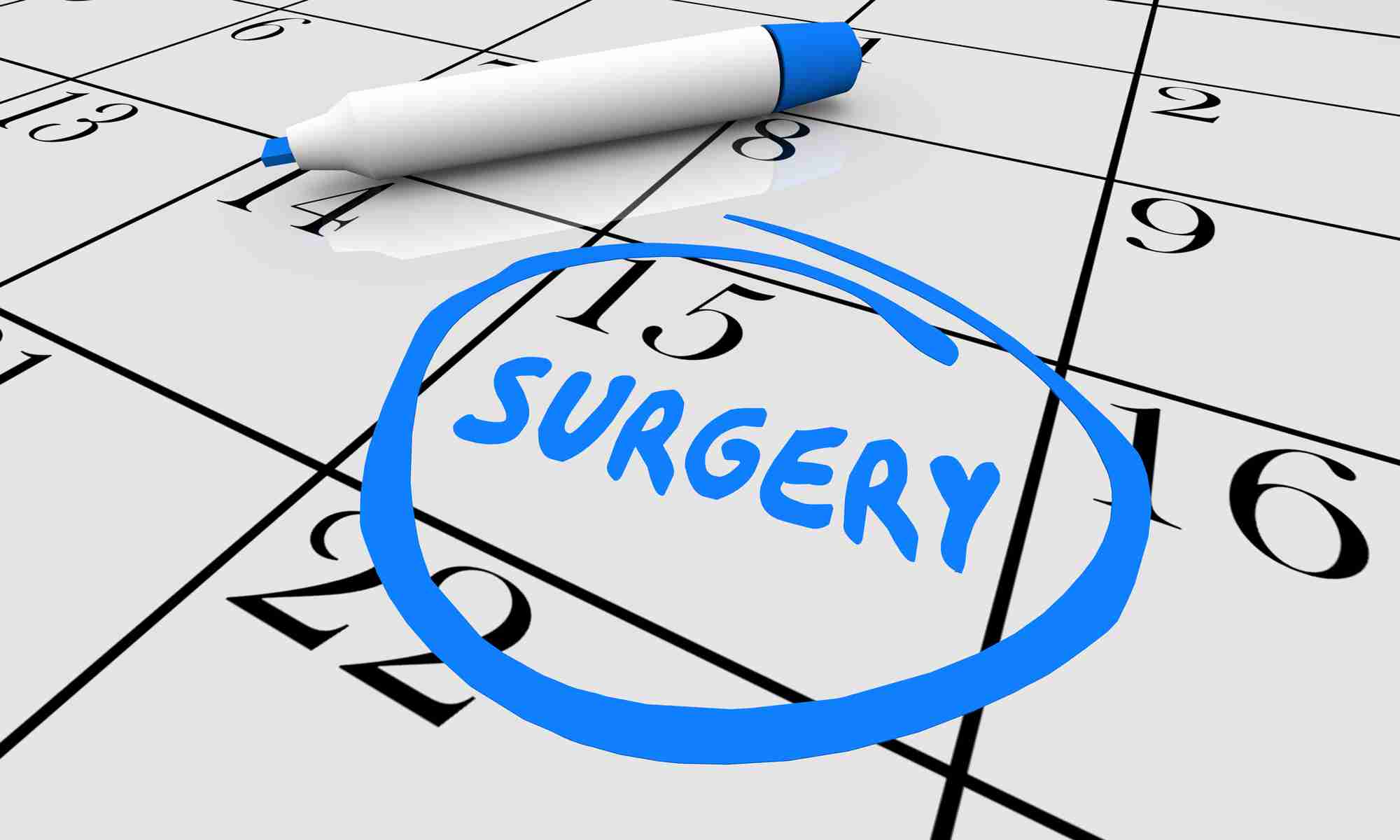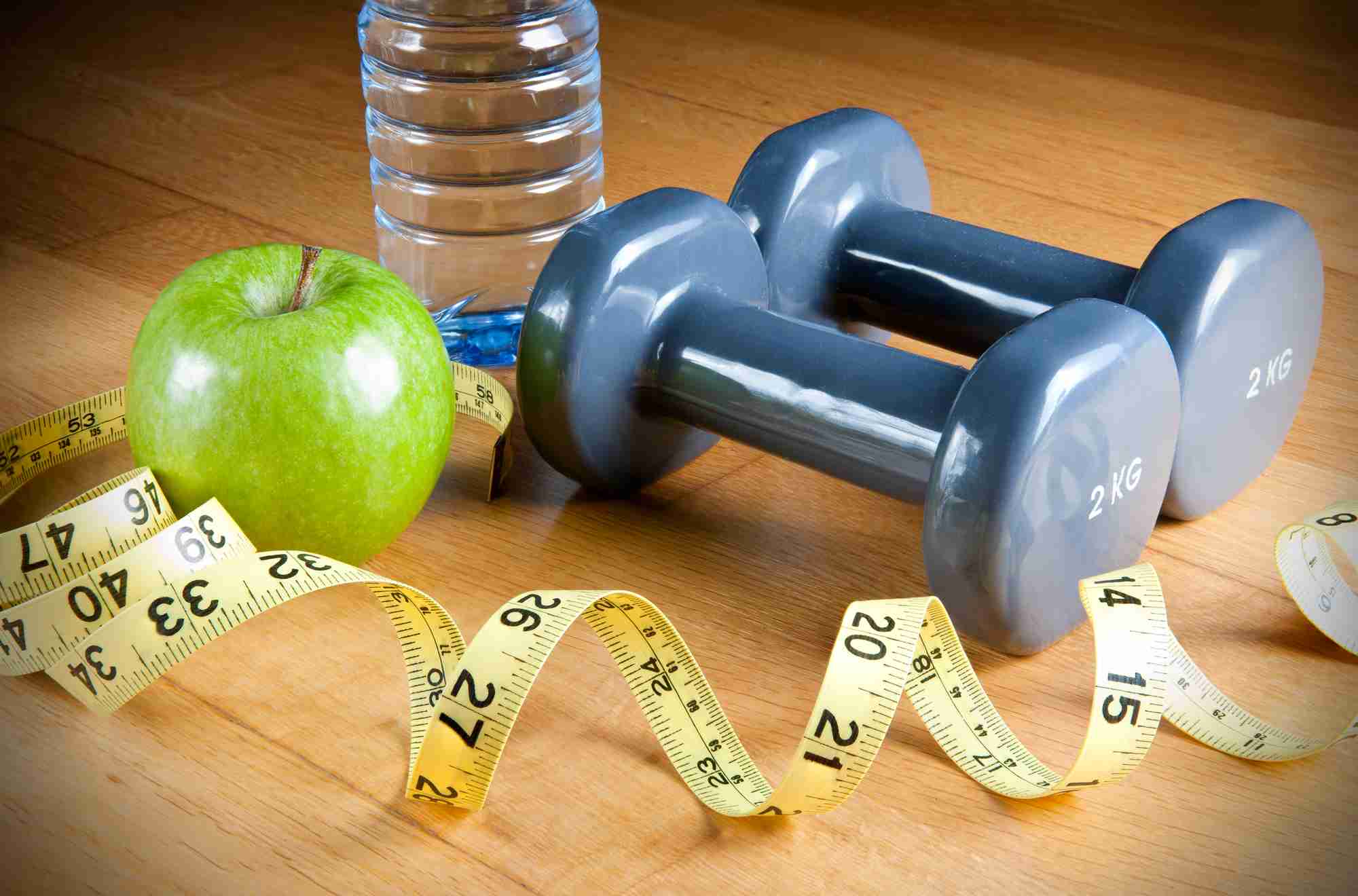It’s been just more than a decade since the iPhone made its debut, but it’s hard to remember a time when we didn’t rely on our smartphones for nearly all aspects of our lives. According to the Pew Research Center, the share of Americans that own smartphones is now 77 percent, and we are using them for far more than calling and texting. Whether it’s for shopping or banking, finding a date or reading a book, smartphones have become a part of the way we live and navigate through our days, quite literally. Can you even remember the last time you drove somewhere without relying on your smartphone to get you there?
This trend is no exception in healthcare, where an explosion of mobile health (mHealth) apps and devices have empowered consumers to take charge of their health and wellness. According to the National Institutes of Health (NIH), mHealth is “the use of mobile and wireless devices to improve health outcomes, healthcare services, and health research.” No matter how you define it, consumer adoption is skyrocketing.
In its 2020 Consumer Survey on Digital Health, Accenture found nearly half of healthcare consumers are using mobile apps today, compared to just 16 percent in 2014, and a third of consumers now regularly use a wearable device that tracks lifestyle and health data. The same report found 75 percent of consumers believe technology is important to manage their health.
Moreover, mHealth is tipping the relationship scales between patients and their doctors. While patients once looked to their doctors as the sole authority on their care, today’s patients are looking for more of a partnership. According to findings from the Deloitte Center for Health Solutions, consumers increasingly expect to partner with doctors instead of relying on them to make treatment decisions. mHealth tools such as the Calcium app help them to play a more active role in their care, armed with wearables and apps that allow them to monitor and manage their own health.
Are Physicians Ready for mHealth Patients?
It wasn’t all that long ago that the first generation of digital health tools launched with skepticism from most doctors. Websites with symptom checkers and health information gave patients the ability to seek out a diagnosis before ever visiting their doctor, and also provided easy access for patients to research more about their health conditions. While physicians could appreciate patient engagement with these tools, many felt they interfered with care. Instead of empowering patients, they generally led to unnecessary patient anxiety when they self-diagnosed with a worst–case scenario based on googling a few vague symptoms.
Today, digital health tools go well beyond health websites like WebMD. Patients are now coming to their doctors with a wealth of information and tailored health apps stored on their phones including comprehensive health histories, test results from online lab services, and vital signs and lifestyle data they’ve collected through their Fitbit or smartwatch. So how are doctors handling a new generation of smartphone patients, who come armed with health data in the palm of their hand?
Unlike their reaction to online symptom checkers, many doctors are embracing mHealth with open arms. As their patients increasingly turn to apps and devices, physicians know they can ill afford to be left behind in the mHealth revolution. They also recognize that patient–centered care movement is here to stay, and believe mHealth gives patients a powerful set of tools to be more active partners in their care. While not entirely without challenges, mHealth offers both providers and patients a conduit to improve communication, care and ultimately health outcomes.
Physicians Go Mobile
Just as their patients are going mobile, physicians too are increasingly bringing their devices into the clinic to help them do all aspects of their job. According to Kantar Media, 84 percent of physicians now use smartphones on the job.
Convenience is a driving force. Crunched to see more patients and with busier schedules than ever before, doctors are looking for tools that can make their jobs easier. They use smartphones to manage their personal lives, and now they are using them in their practice to look at information on the go, quickly communicate with colleagues and to access patient data and test results, regardless of where they are.
Just a few years ago, the practice of using smartphones clinically was frowned upon, but a combination of enhanced security measures and an onslaught of physician–specific apps are making it possible for doctors to leverage mHealth tools throughout their day. Many health systems have rolled out “bring your own device” policies that allow physicians to use their personal smartphones and tablets, and EHR vendors have enhanced mobile functionality of their platforms. Concern over sensitive data being stored on devices has virtually been eliminated as more information is available in the cloud and can be accessed as needed while remaining secure behind firewalls.
mHealth Most Used for Communications
Not surprising, one of the most prevalent uses of mHealth among doctors is for communications. Physicians Practice 2018 Mobile Health Survey shows this is the most common use of mobile technology in the practice setting, with nearly 70 percent of respondents using mHealth for communication between staff members.
As doctors are increasingly spread out across facilities, mHealth tools make it easier to collaborate and coordinate patient care. According to the Journal of Medical Internet Research, clinical use of smartphones has already been successful in improving communication between doctors and their nurses. This improvement isn’t surprising given many health systems still rely on antiquated communications systems such as overhead paging systems, landline phones, and faxes.
Doctors are Increasingly Turning to their Smartphones for Clinical Information
While the greatest adoption of mobile health initiatives so far has been to manage their workflow, doctors are increasingly turning to apps to help care for their patients, particularly when seeking additional information to diagnose and determine treatment options. Whether it is to identify a condition they don’t see every day, look up drug interactions, or perform clinical calculations, apps are putting a wealth of clinical data at doctors’ fingertips to help them do their jobs more effectively.
For example, Epocrates is an app specifically designed to give physicians answers to clinical questions they may have in front of their patients. Other apps take advantage of the smartphone’s camera, allowing physicians to use photos to assist with diagnosis. This is especially valuable for primary care physicians who are often on the front-line in seeing skin rashes that could otherwise be difficult to diagnosis before engaging a specialist — patients like when doctors use these tools, as it builds trust and shows that they care enough to look up more information about their health.
Physicians Hope mHealth can Heal the Broken Patient Experience
At a time when patient satisfaction with healthcare is at an all-time low, some physicians are hoping mHealth can help to heal the broken patient experience. Consumers can do almost anything from their phone. They book dinner reservations, deposit checks, buy tickets, and even check-in for flights from their mobile device, and they want that same experience with their physician.
A wave of new mobile tools and apps are helping physicians to implement mobile conveniences patients have become accustomed to in other areas of their life, offering features such as mobile appointment scheduling and check-in, mobile EHR access and the ability to communicate directly with a doctor via text.
Nearly half of doctors expect mHealth apps and features such as these will enhance their patient experience, and patients are even more optimistic about the potential. According to Accenture, 69 percent of patients believe mHealth can bolster communications with their physician, and an equal number believe it will improve the overall quality of their care.
Using Smartphones to Build Patient Engagement
Among the most promising applications of mHealth is to build patient engagement, something physicians have previously struggled to do between visits. According to Accenture, 73 percent of consumers believe digital tools will improve their engagement with their health, and Digitas Health has backed up that belief, finding that patients who use mHealth are indeed more engaged in their care and more likely to follow advice from their physician.
To drive engagement through mHealth, physicians are increasingly “prescribing” apps to their patients, recommending tools and wearable devices they can use to manage and monitor lifestyle choices. The number of doctors prescribing mHealth apps has increased to 40 percent, up from just 15 percent three years ago. Showing the engagement potential of mHealth, patients say they are more likely to fill a mHealth prescription than a pharmaceutical prescription.
Although among the simplest of mobile technologies, texting is playing a big role in patient engagement efforts and is proving successful in delivering better outcomes. Doctors are using texts for everything from appointment and vaccine reminders to medication adherence and surgery prep instructions. Some are even using tailored health campaigns based on patients’ profiles. Such programs have increased show rates for appointments, increased engagement in necessary follow-up care, and even reduced hospital readmittance among surgical patients.
Though Still Underutilized, the Future Lies in Remote mHealth Applications
Although still underutilized today, consumers and physicians agree the greatest potential for mHealth lies in remote health monitoring and care delivery via wearables and other devices. Whether it is real-time monitoring of glucose levels or analysis of EEG signals, remote monitoring tools can have a significant impact on care and outcomes. Remote monitoring can also significantly cut down on skyrocketing costs. For example, wearable devices allow doctors to send patients home earlier after surgery and track their condition remotely helping to reduce the number of days for expensive hospital stays.
Challenges to mHealth Adoption
While it is a positive sign to see so many physicians get on board with mHealth, they still face many barriers in the adoption of mHealth. Some of the greatest challenges today include data overload and reimbursement challenges for both doctors and patients.
- Data Overload: While access to so much health data should ultimately lead to better care, most physicians don’t yet have the tools to take in the volume of patient data coming at them or to make it meaningful. If a patient arrives with a year’s worth of data from their Fitbit, there is little a doctor can do in the moment of a quick appointment to put the data into context. Despite its potential to predict potential health problems, currently, only 14.5 percent of respondents to the Physicians Practice 2018 Mobile Health Survey said they accept data from these devices, with more than 60 percent noting that the data doesn’t integrate into their EHR system. As more patients begin to adopt wearables and new devices equipped to monitor vitals related to chronic health issues hit the market, doctors will need systems that accept the data they collect and that use artificial intelligence to put it into context and make it actionable at scale.
- Physician Compensation: If doctors are successful in implementing mHealth, they could be working against themselves. Our current health system does not have a payment model for physician time spent on mHealth initiatives, so as physicians use mHealth to care for patients remotely and avoid repeat visits, they are effectively reducing their income opportunity. Also, no system exists to compensate doctors for time spent emailing and reviewing patient data. To realize the potential of mHealth as a tool for keeping patients healthier, our compensation model for physicians will need to evolve. A move toward value-based payments will give physicians greater incentive to leverage mHealth tools to keep patients healthier and to avoid additional appointments and hospitalizations.
- Patient Reimbursement: Some of the most promising applications for mHealth involve remote patient monitoring, particularly in the management of chronic conditions. But the jury is still out on who will pay for expensive mobile monitoring equipment. While tech-savvy consumers have self–funded the purchase of gadgets like the Fitbit and Apple Watch, the populations most in need of monitoring equipment may not have the means to invest in expensive devices. As we look at the role mHealth plays in our future care model, we must consider new patient reimbursement models that incent patients to monitor their condition at home, not just reimburse them at the point of care.
Despite these challenges, we are at a very exciting time where mobile is enabling the transformation of care. Patients have the power of their health in their pocket and the tools they need to be a more active participant in their health journey, in partnership with their physicians. And with technologies like that from Calcium, the ability for patients and doctors to take the wealth of health data available and make it practical, insightful, and meaningful is happening now.
What Patients Can do to Get Their Physician on Board With mHealth
Though physicians are quickly adopting mHealth solutions and largely recognize its value, in many cases, patient interest in mHealth surpasses what their providers currently offer. For those who want to better leverage mHealth with their doctor, there are steps they can take now to leverage mHealth and engage their doctor as a partner in their care.
- Build a Comprehensive Health History: The first step we recommend is to use a platform such as Calcium to own and track health history across all providers. Patients and their doctors can both benefit from access to a comprehensive health history that is easilly shared.
- Track Personal Trends: If patients are using wearables, they can begin to analyze trends, even if their doctor can’t yet take in and leverage all of their data. We recommend that patients build an understanding of their baseline health stats and vitals, so they can quickly see any anomalies and share those with physicians.
- Ask Your Doctor for mHealth Recommendations: While the app store may give you feedback from other users, your doctor may be able to recommend mHealth tools based on what they see working for other patients.
From improved convenience to better care, it is clear that both physicians and patients have much to gain through the adoption of mHealth solutions. When patients actively engage their physicians in conversations about the use of mHealth technology, it is a powerful reminder that they must continue to adapt and embrace new methods to deliver care on patients’ terms.

















